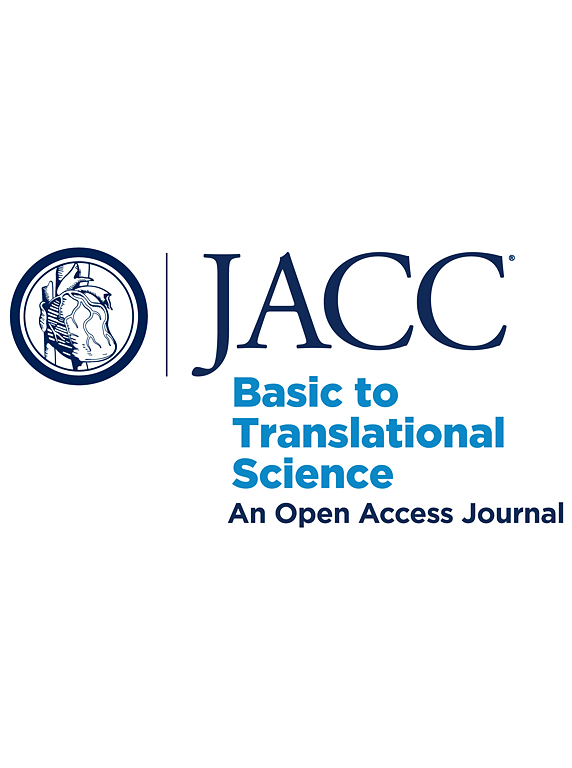超大导管预测组织工程血管移植物狭窄。
IF 8.4
1区 医学
Q1 CARDIAC & CARDIOVASCULAR SYSTEMS
引用次数: 0
摘要
组织工程血管移植(TEVGs)通过创建复杂心脏修复的自体组织,为治疗先天性心脏病提供了有希望的进展。我们的方法包括植入生物可降解支架,植入自体细胞,重塑成功能新生血管。为了更好地了解引导新血管形成的因素,我们在植入后1周和6周使用血管造影评估了50只羊胸部TEVGs。无量纲化解释了动物之间的解剖差异,并确定了血流动力学和手术尺寸是潜在的驱动因素。回归分析显示,流入口狭窄和移植物过大与狭窄的发生有显著相关性。计算流体力学表明,这些因素影响壁剪应力和流动模式,有助于新血管狭窄。与Fontan导管的临床试验数据的比较支持了这些发现,强调将移植物大小与原生流入血管相匹配可以减少狭窄并提高TEVG性能。本文章由计算机程序翻译,如有差异,请以英文原文为准。
Oversized Conduits Predict Stenosis in Tissue Engineered Vascular Grafts
Tissue-engineered vascular grafts (TEVGs) offer promising advancements in treating congenital heart disease by enabling the creation of autologous tissue for complex cardiac repairs. Our approach involves implanting biodegradable scaffolds seeded with autologous cells that remodel into functional neovessels. To understand better the factors guiding neovessel formation, we evaluated 50 ovine thoracic TEVGs using angiography at 1 and 6 weeks postimplantation. Nondimensionalization accounted for anatomical differences between animals and identified hemodynamics and surgical sizing as potential driving factors. Regression analysis revealed that narrowing at the inflow anastomosis and graft oversizing correlated significantly with stenosis development. Computational fluid dynamics showed that these factors influenced wall shear stress and flow patterns, contributing to neovessel narrowing. Comparisons with clinical trial data from Fontan conduits supported these findings, emphasizing that matching graft size to the native inflow vessel can reduce stenosis and enhance TEVG performance.
求助全文
通过发布文献求助,成功后即可免费获取论文全文。
去求助
来源期刊

JACC: Basic to Translational Science
CARDIAC & CARDIOVASCULAR SYSTEMS-
CiteScore
14.20
自引率
1.00%
发文量
161
审稿时长
16 weeks
期刊介绍:
JACC: Basic to Translational Science is an open access journal that is part of the renowned Journal of the American College of Cardiology (JACC). It focuses on advancing the field of Translational Cardiovascular Medicine and aims to accelerate the translation of new scientific discoveries into therapies that improve outcomes for patients with or at risk for Cardiovascular Disease. The journal covers thematic areas such as pre-clinical research, clinical trials, personalized medicine, novel drugs, devices, and biologics, proteomics, genomics, and metabolomics, as well as early phase clinical trial methodology.
 求助内容:
求助内容: 应助结果提醒方式:
应助结果提醒方式:


